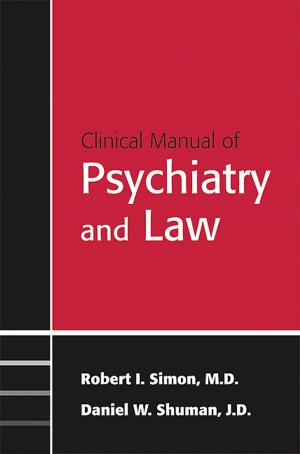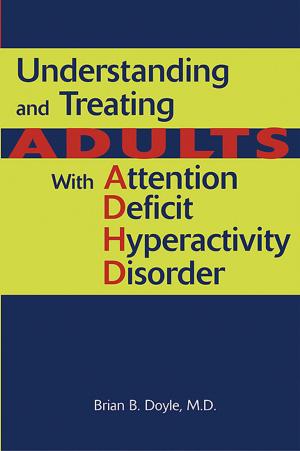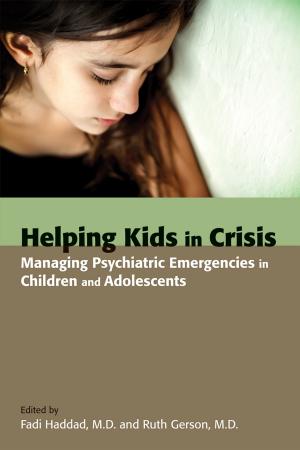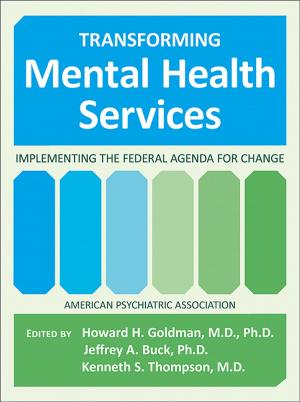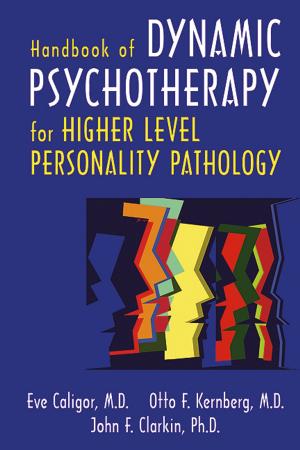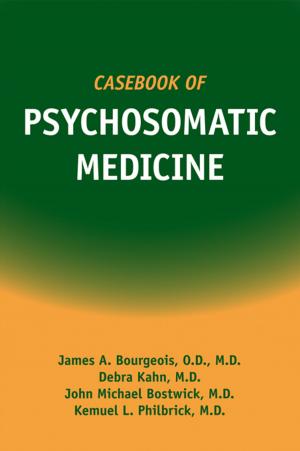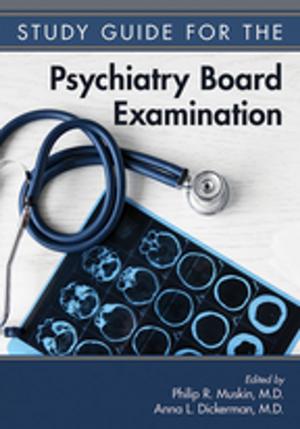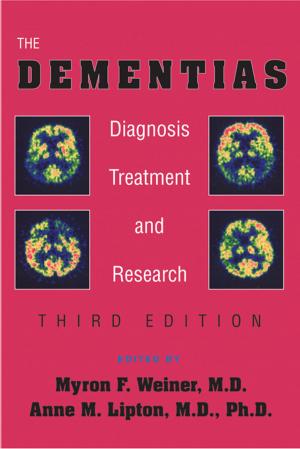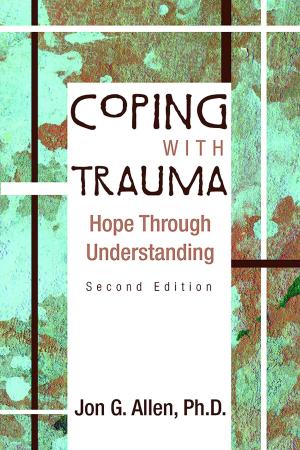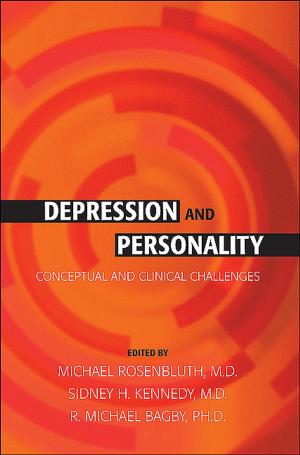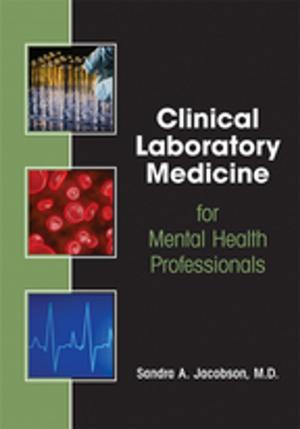Medical and Psychiatric Comorbidity Over the Course of Life
Nonfiction, Health & Well Being, Medical, Specialties, Psychiatry| Author: | American Psychopathological Association | ISBN: | 9781585627028 |
| Publisher: | American Psychiatric Publishing | Publication: | May 3, 2007 |
| Imprint: | American Psychiatric Association Publishing | Language: | English |
| Author: | American Psychopathological Association |
| ISBN: | 9781585627028 |
| Publisher: | American Psychiatric Publishing |
| Publication: | May 3, 2007 |
| Imprint: | American Psychiatric Association Publishing |
| Language: | English |
Compiled from presentations given at the 2004 American Psychopathological Association (APPA) annual meeting, Medical and Psychiatric Comorbidity Over the Course of Life reviews the comorbidity of mental and chronic physical syndromes in an epidemiological and life course context, offering fresh insights and identifying crucial clues -- gleaned from the overlapping areas or areas of mutual pathogenesis linking disparate realms of knowledge -- to the etiology and nosological distinctiveness of both physical and mental disorders.
Once relatively ignored, the study of lifetime comorbidity has the potential to suggest etiological clues and to advance our ability to prevent secondary disorders by increasing our knowledge about the course and pathology of the primary disease.
The etiologically relevant period, beginning with the earliest causal action and ending with diagnosis, helps us understand this potential and thus is vital to the study of comorbidity. Divided into five main sections (epidemiology, risk factors, mood disorders, emotions and health, and schizophrenia), Medical and Psychiatric Comorbidity Over the Course of Life discusses critical aspects of the life course characteristics of the etiologically relevant period: It can be long, e.g., temperament, a relatively enduring emotional predisposition, may situate an individual more or less permanently at high risk, culminating in irreversibility only after decades of induction. The action of identical genes produces different disorders that may occur at different stages of life, such as the comorbidity of panic disorder and cystitis. It may involve critical stages, i.e., relatively narrow periods during development, such as fetal growth and puberty, to which the action of a given cause is limited. Critical periods of varying durations may exist throughout the course of life. It may have a cumulative quality to it, in which years or even decades of accumulation are required to reach the point of irreversibility, e.g., the years-long burden of lower class life, or of increased allostatic burden, for the causal nexus to reach sufficiency. It may involve multiple causes, representing different disciplines and different spheres of action spread throughout the life course.
Medical and Psychiatric Comorbidity Over the Course of Life will prove invaluable for practitioners in general and consultation-liaison psychiatry, family practice and internal medicine, and psychosomatics, behavioral medicine, and health psychology.
Compiled from presentations given at the 2004 American Psychopathological Association (APPA) annual meeting, Medical and Psychiatric Comorbidity Over the Course of Life reviews the comorbidity of mental and chronic physical syndromes in an epidemiological and life course context, offering fresh insights and identifying crucial clues -- gleaned from the overlapping areas or areas of mutual pathogenesis linking disparate realms of knowledge -- to the etiology and nosological distinctiveness of both physical and mental disorders.
Once relatively ignored, the study of lifetime comorbidity has the potential to suggest etiological clues and to advance our ability to prevent secondary disorders by increasing our knowledge about the course and pathology of the primary disease.
The etiologically relevant period, beginning with the earliest causal action and ending with diagnosis, helps us understand this potential and thus is vital to the study of comorbidity. Divided into five main sections (epidemiology, risk factors, mood disorders, emotions and health, and schizophrenia), Medical and Psychiatric Comorbidity Over the Course of Life discusses critical aspects of the life course characteristics of the etiologically relevant period: It can be long, e.g., temperament, a relatively enduring emotional predisposition, may situate an individual more or less permanently at high risk, culminating in irreversibility only after decades of induction. The action of identical genes produces different disorders that may occur at different stages of life, such as the comorbidity of panic disorder and cystitis. It may involve critical stages, i.e., relatively narrow periods during development, such as fetal growth and puberty, to which the action of a given cause is limited. Critical periods of varying durations may exist throughout the course of life. It may have a cumulative quality to it, in which years or even decades of accumulation are required to reach the point of irreversibility, e.g., the years-long burden of lower class life, or of increased allostatic burden, for the causal nexus to reach sufficiency. It may involve multiple causes, representing different disciplines and different spheres of action spread throughout the life course.
Medical and Psychiatric Comorbidity Over the Course of Life will prove invaluable for practitioners in general and consultation-liaison psychiatry, family practice and internal medicine, and psychosomatics, behavioral medicine, and health psychology.

